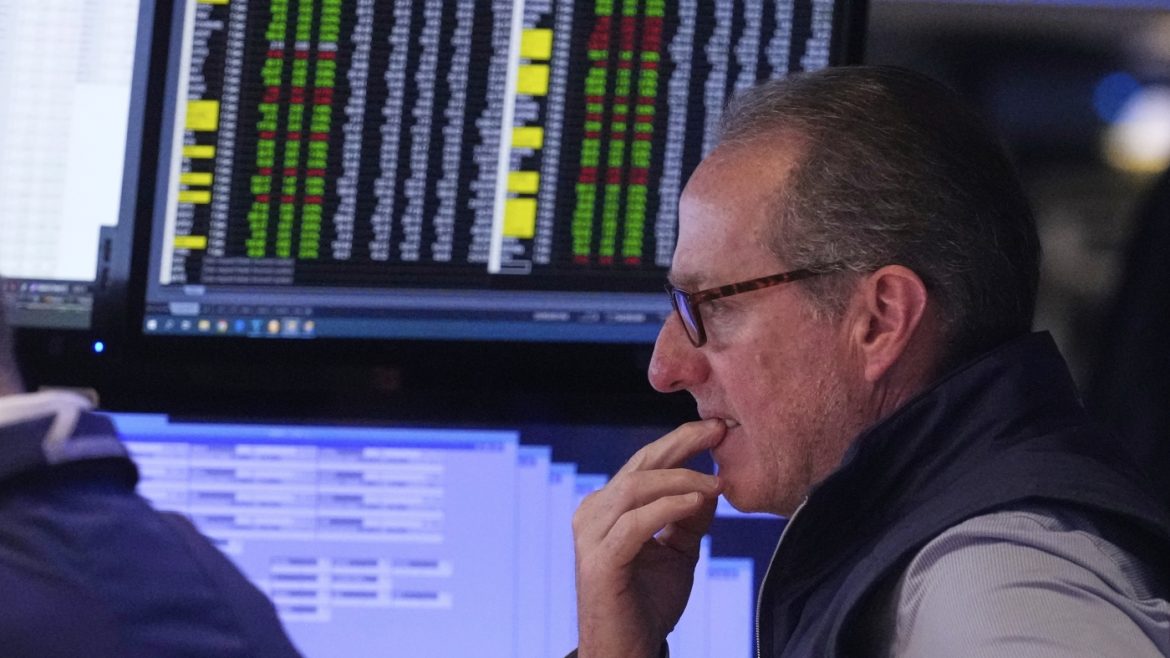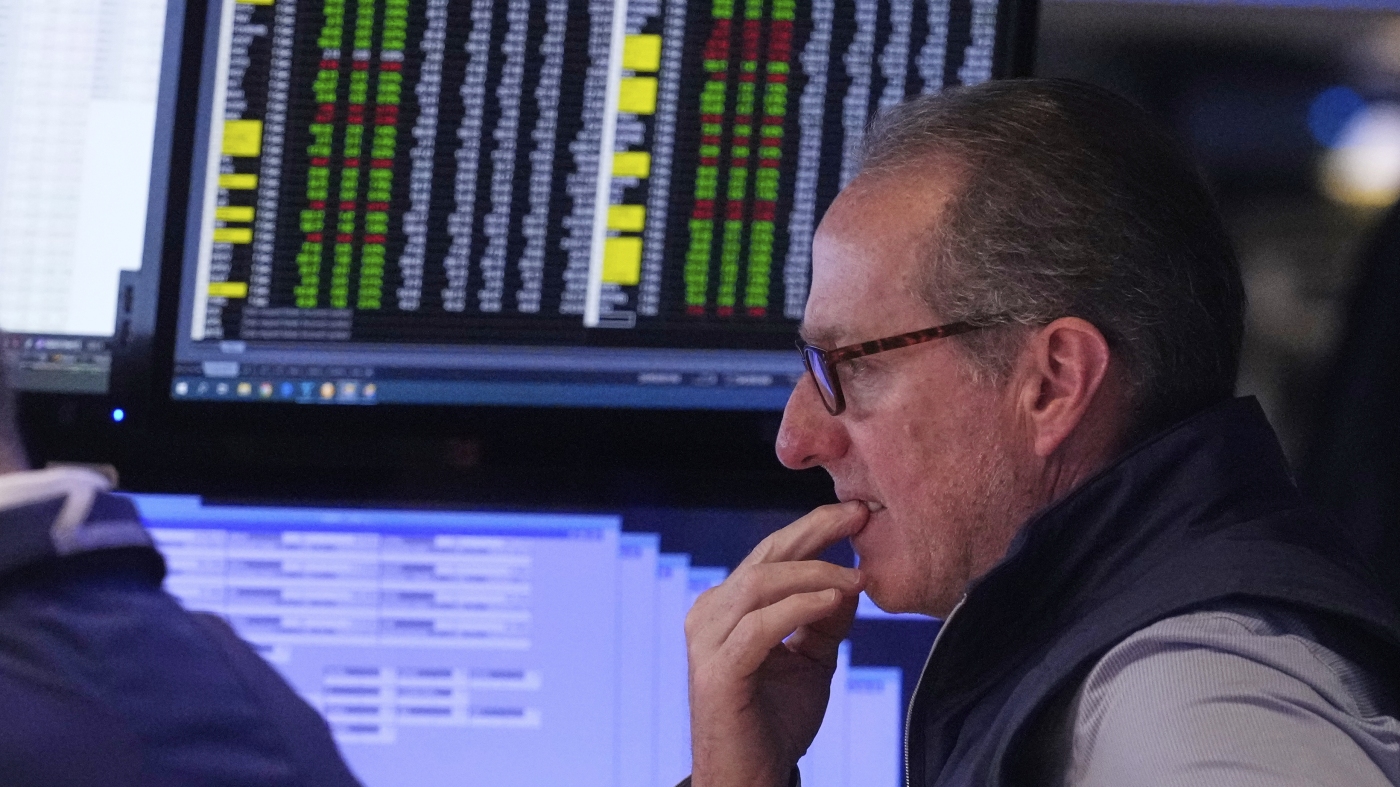The recent Israeli military strike on Iran’s capital has sent seismic ripples through global markets, dramatically impacting Asia’s equity indices and global energy prices. This report dissects the immediate financial repercussions, underlying geopolitical tensions, and the broader implications for investors and regional economies.
Market Reaction in Asia: Equities Take a Hit
Asia’s stock markets reacted almost in unison with sharp selloffs following news of the Israeli strike. Key indices such as Tokyo’s Nikkei 225 fell by around 1.2%, settling near the 37,700 mark, while South Korea’s Kospi also experienced downward pressure. The slump in Asia can be attributed predominantly to increased geopolitical uncertainty surrounding Iran’s nuclear program and the possibility of escalating regional conflict.
The selloff was not limited to Asia alone. Futures tied to Wall Street equities also declined, reflecting investor nervousness stretching across continents. This cross-market turmoil illustrates how swiftly geopolitical events in one part of the world can trigger ripple effects in global investor sentiment, especially when critical geopolitical hotspots like Iran come under military action.
Oil Prices Surge Amid Concerns Over Supply Disruptions
Contrasting starkly with the weakening equity markets, oil prices surged dramatically. US benchmark crude rose by 8.2% to around $73.60 per barrel, while Brent crude, the international pricing standard, went up approximately 8% to nearly $74.90 per barrel. This jump marks the highest oil prices in several months and underscores how sensitive energy markets are to instability in the Middle East—a region pivotal to global oil supplies.
Investors and traders interpreted the attack as a potential disruption to Iran’s oil exports or a trigger for wider conflict that might threaten regional production and shipping lanes. Given Tehran’s key role in global crude supply and the ever-present threat of conflict escalation, energy markets quickly priced in the elevated risks, pushing prices upward.
Flight to Safety: Surge in Gold and Other Safe Havens
Amid the market volatility, investors sought refuge in traditional safe-haven assets. Gold prices jumped alongside oil, reflecting its continued role as a hedge against geopolitical risk and economic uncertainty. Additionally, currencies often perceived as safe havens, such as the Swiss franc, also strengthened. These moves illustrate a classic market pattern: when faced with escalating geopolitical risks, confidence in riskier assets wanes, while demand for assets offering stability rises.
Broader Implications for Markets and Investors
The confluence of falling stocks and soaring oil prices presents a complex scenario for investors and policymakers. For equities, the heightened risk environment may lead to short-term volatility and cautious trading. Regions and sectors sensitive to Middle Eastern politics or energy prices—such as manufacturing, transportation, and emerging markets reliant on oil imports—could face added cost pressures and downward earnings revisions.
Conversely, energy companies and oil-exporting nations may see near-term benefits from elevated crude prices, though sustained volatility could disrupt global economic growth. Central banks must also grapple with the inflationary pressures that higher energy costs introduce, complicating monetary policy considerations amid an uncertain geopolitical backdrop.
The Geopolitical Context: Iran’s Nuclear Program and Regional Tensions
The backdrop to these market moves is the accelerating concerns over Iran’s nuclear ambitions. Israel’s preemptive strike signals an escalation aimed at curbing Tehran’s progress, but inevitably raises the stakes for broader Middle Eastern stability. The risk of retaliatory actions from Iran or allied groups could prolong regional insecurity.
Such scenarios historically exert outsized influence on global markets given the Middle East’s pivotal role in energy supply chains and as a conduit for international trade. Investors remain vigilant to developments, anticipating that any widening conflict might exacerbate market volatility and fuel further price spikes in commodities like oil and precious metals.
Conclusion: Navigating the Crosscurrents of Risk and Opportunity
The immediate aftermath of Israel’s strike on Iran reveals financial markets caught between a risk-off reflex in equities and a risk-on surge in oil and safe havens. For investors, balancing exposure amid these conflicting signals is challenging but crucial. This episode underscores the interconnectedness of geopolitical events and financial markets, particularly in regions critical to global energy.
Monitoring ongoing developments in the Middle East, assessing shifts in energy markets, and preparing for potential volatility remain essential for market participants. While uncertainties persist, nuanced strategies that respond to both downside equity risks and upside commodity trends will be key to navigating the evolving landscape shaped by this significant geopolitical event.


